Watches, velcro and cameras: Swiss contributions to space exploration
2024 marks 55 years since humans first landed on the Moon – with Swiss-made equipment and experiments on board. An overview of Switzerland’s history in space and Swiss contributions to space exploration.
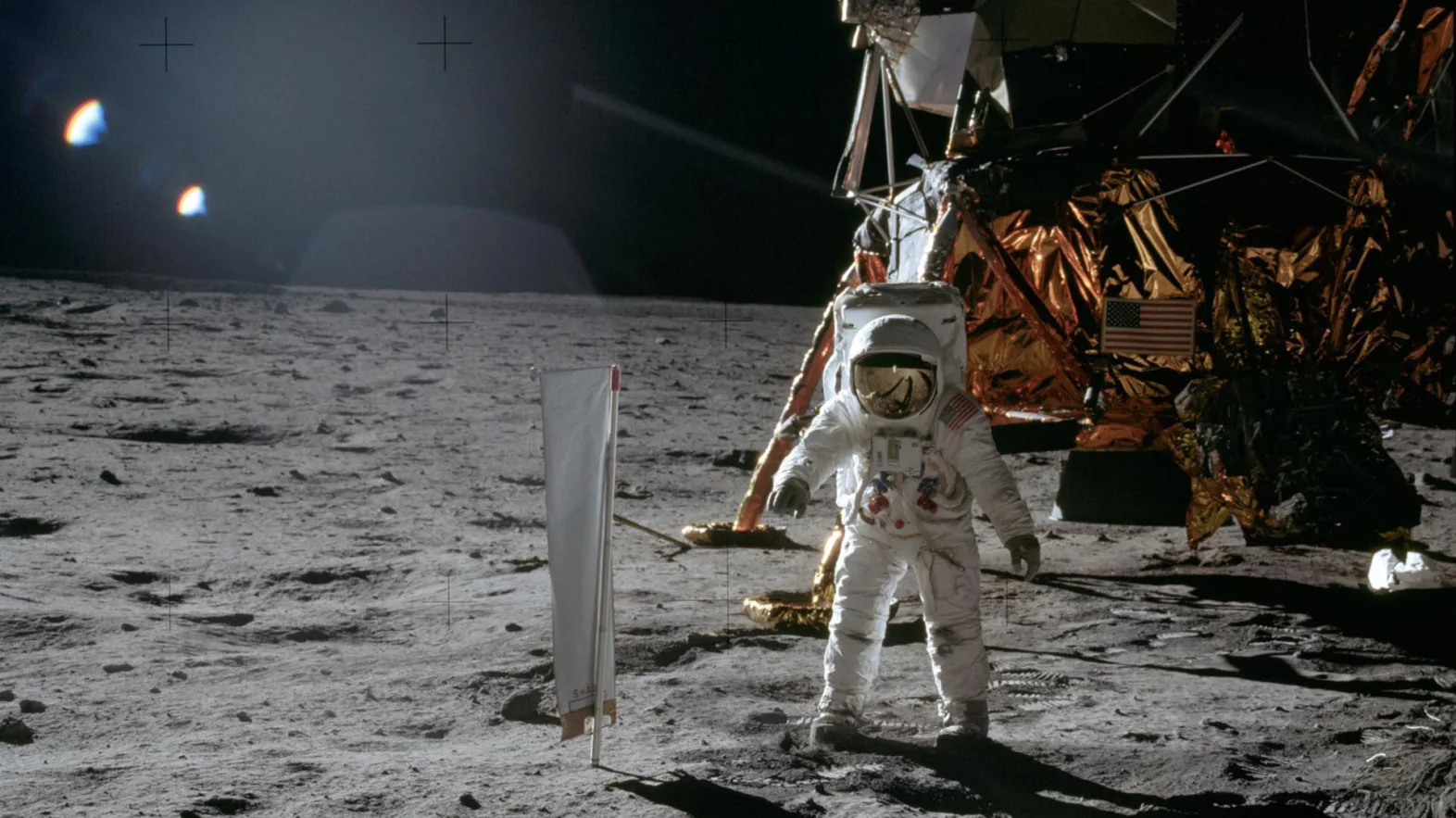
Marking the anniversary of the historic Apollo 11 landing on the Moon in 1969, Space Exploration Day is celebrated across the world on 20th July. It is a generally well-known fact that the Apollo 11 astronauts were wearing Swiss watches when they made the first Moon landing. However, what is less well-known is that the only non-American scientific experiment on board came from Switzerland. It was set up as soon as the astronauts exited the Lunar Module, even before Buzz Aldrin planted the Stars and Stripes in the dusty lunar soil.
The «Swiss Flag experiment»
Behind the Solar Wind Composition experiment (SWC) was the University of Bern. Its aim was to measure and sample the solar wind on the Moon, as far as possible from the Earth’s magnetic field - allowing for insight into the Big Bang and how the solar system came to be. The experiment was exposed to the Sun to measure the ion types and energies of the solar wind. The SWC was later on board for subsequent Apollo missions, contributing with important findings.
However, the so-called «Swiss Flag experiment» was not the only Swiss-made piece of equipment aboard the Apollo 11 mission. Aboard Apollo 11 were Swiss high performance objective lenses that captured the moon landing. The command module was equipped with a heat shield made with a Swiss specially heat-resistant Araldite epoxy resin.
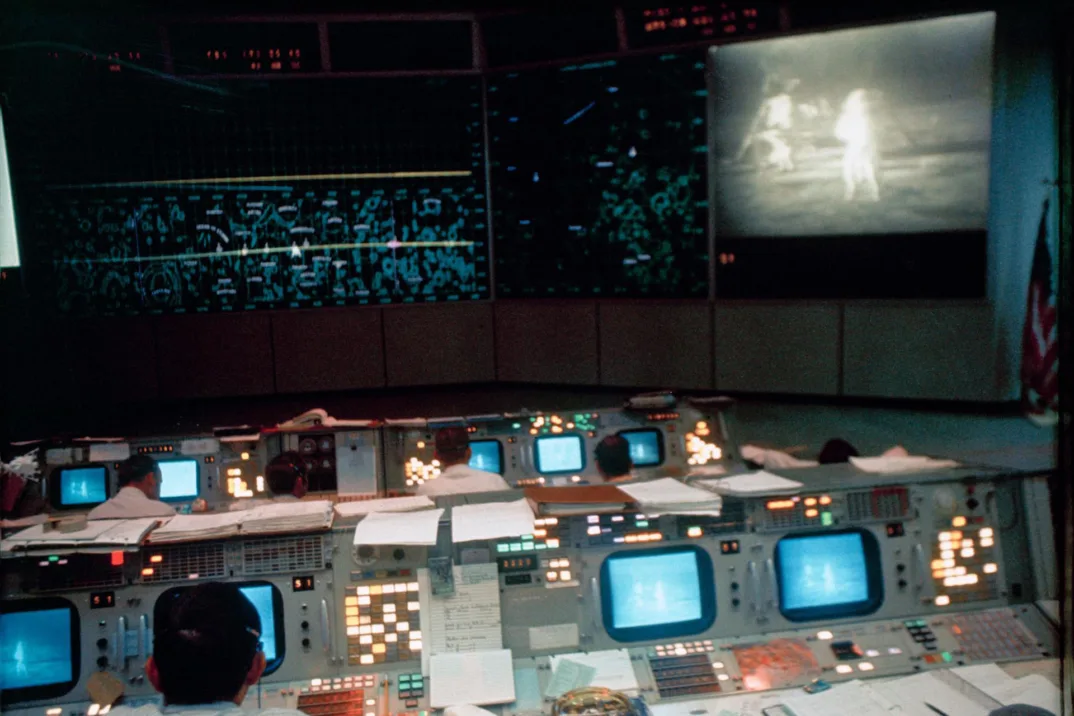
The Omega watches worn by the Apollo 11 crew were fastened to their space suits with Velcro, patented in 1955 by a Swiss electrical engineer. Velcro was also used in the Apollo 11 spacecraft to fasten objects onboard. Meanwhile, Swiss-made technology was also used on Earth: In the Mission Control Center in Houston, NASA relied on Swiss-made projectors to watch the live images from the Moon.
Learned in space, applied on Earth
Satellite-based applications have become an indispensable part of every-day life. They enable services such as communication, navigation and weather forecasting. Space Exploration has also contributed to many other important developments.
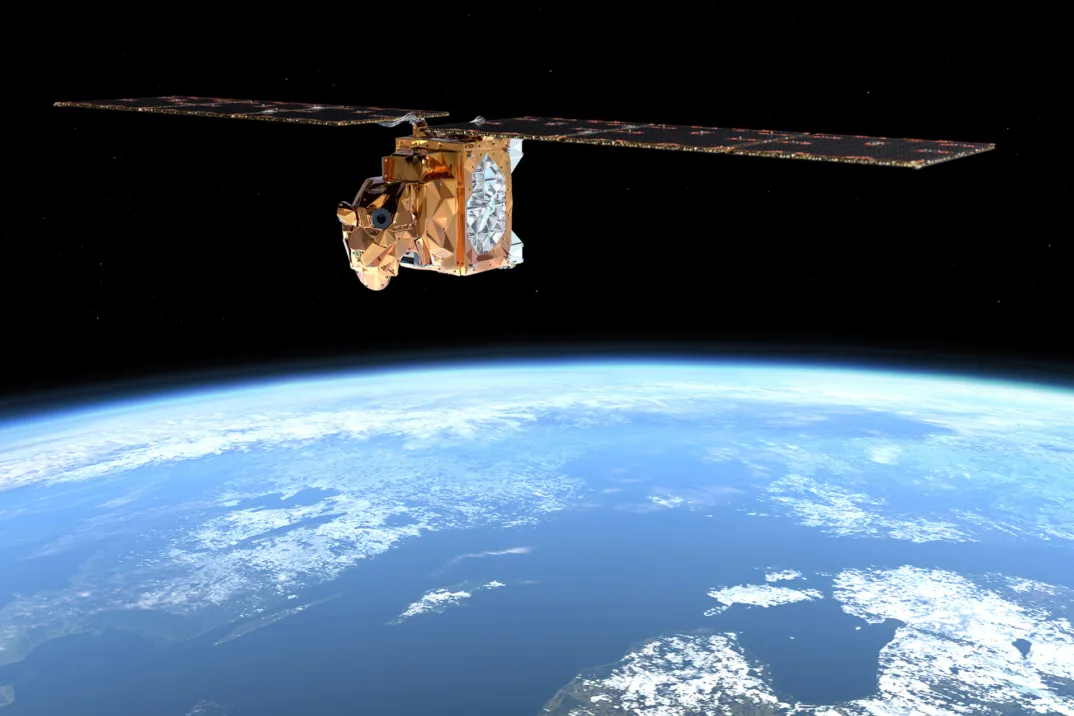
For example, human spaceflight has led to significant developments in the health sector. Studying the effects of spaceflight on the human body provides insights into conditions patients on Earth also suffer from such as Asthma, immune dysregulation, back pain or bone and muscle loss. The European Space Agency (ESA) has also tested the effects of microgravity on cells that could potentially be used as a model for the human body and used to test cancer treatments.
Earth observation contributes to our understanding of the weather and changing climate. It provides insight into the causes of global warming and revealed that climate change was happening faster than previously thought. It also helps mitigate climate change: Weather satellites allow for the prediction of the power output of photovoltaic power plants. Developments in energy storage contribute to space exploration as well as a sustainable energy supply on Earth. Satellite data also enables the prediction of the most economical routes and driving styles, thus reducing traffic emissions.
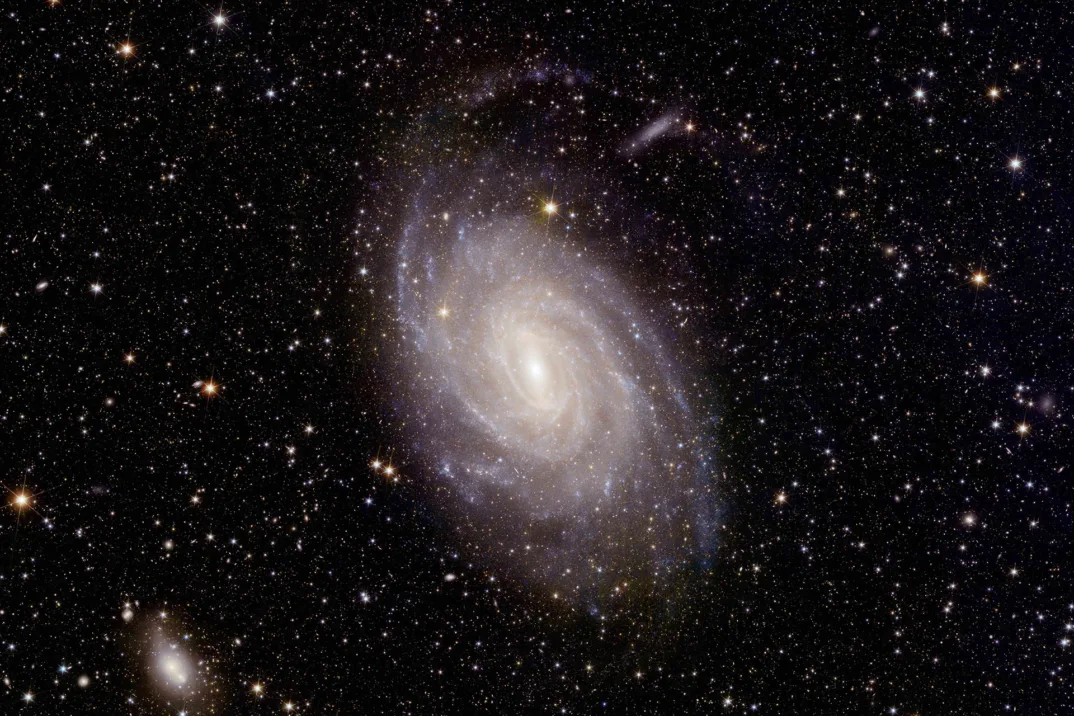
Swiss eyes on the universe
While space-based cameras and instruments help to understand our own planet, they are also used to look outward at our neighbouring planets, our Sun, and the rest of the Milky Way and the universe. This improves our understanding of our greater environment and of basic physical and chemical phenomena. Swiss universities and companies are involved in almost all of ESA’s space science missions and many international projects, including the Swiss-led exoplanet mission Cheops, the James Webb Space Telescope or ESA’s Juice mission that was launched in 2023 to explore Jupiter and its Moons. Swiss ingenuity is currently also orbiting Mars in the form of the CaSSIS camera and it flew with a mass spectrometer to the comet «Chury» on a 10-year-long journey. Swiss contributions capture X-ray images of solar explosions from the Solar Orbiter spacecraft, they help creating a three-dimensional map of our galaxy using ESA’s Gaia mission, and they enable the capturing of stunning images of our universe produced by ESA’s cosmology mission Euclid.
In recent years, Swiss companies supplied technology to numerous international missions: Maxon manufactured the motors for NASA’s Mars rover Perseverance which landed on Mars in 2020. Beyond Gravity manufactures aerospace components for satellites and launch vehicles such as payload fairings used on ESA’s new launcher Ariane 6. A small Swiss camera will land on Mars with ESA’s Rosalind Franklin mission. At the same time, Swiss researchers are preparing instruments to fly to Venus, and are contributing to a flying gravitational wave observatory, one of the most ambitious space missions ever conceived.
The long history of space activities and innovation in Switzerland, the close cooperation between academic actors, engineering schools and industry, as well as a strong bottom-up approach have brought the country to the forefront of space science today. By fostering skill and knowledge transfer, by encouraging a strong network of actors, and by ensuring interesting and equal opportunities for young space professionals, Switzerland pursues its commitment to excellent space research for the next 55 years and beyond.

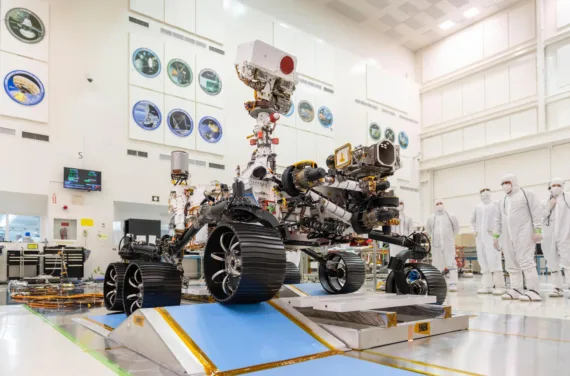
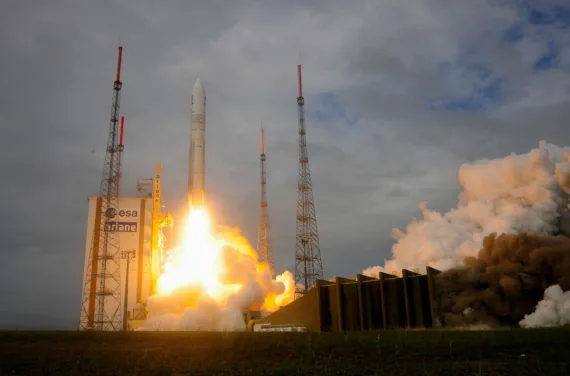
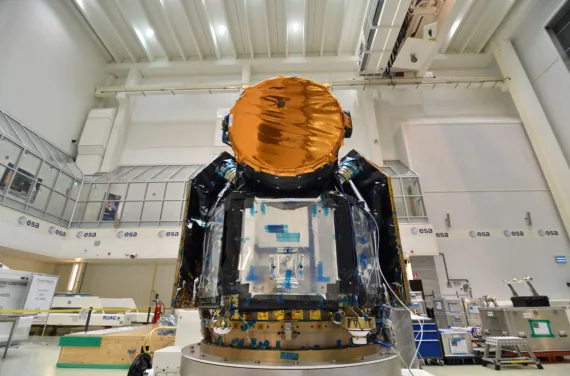
Contact
Authors

Kamlesh Brocard

Valerie Koller



